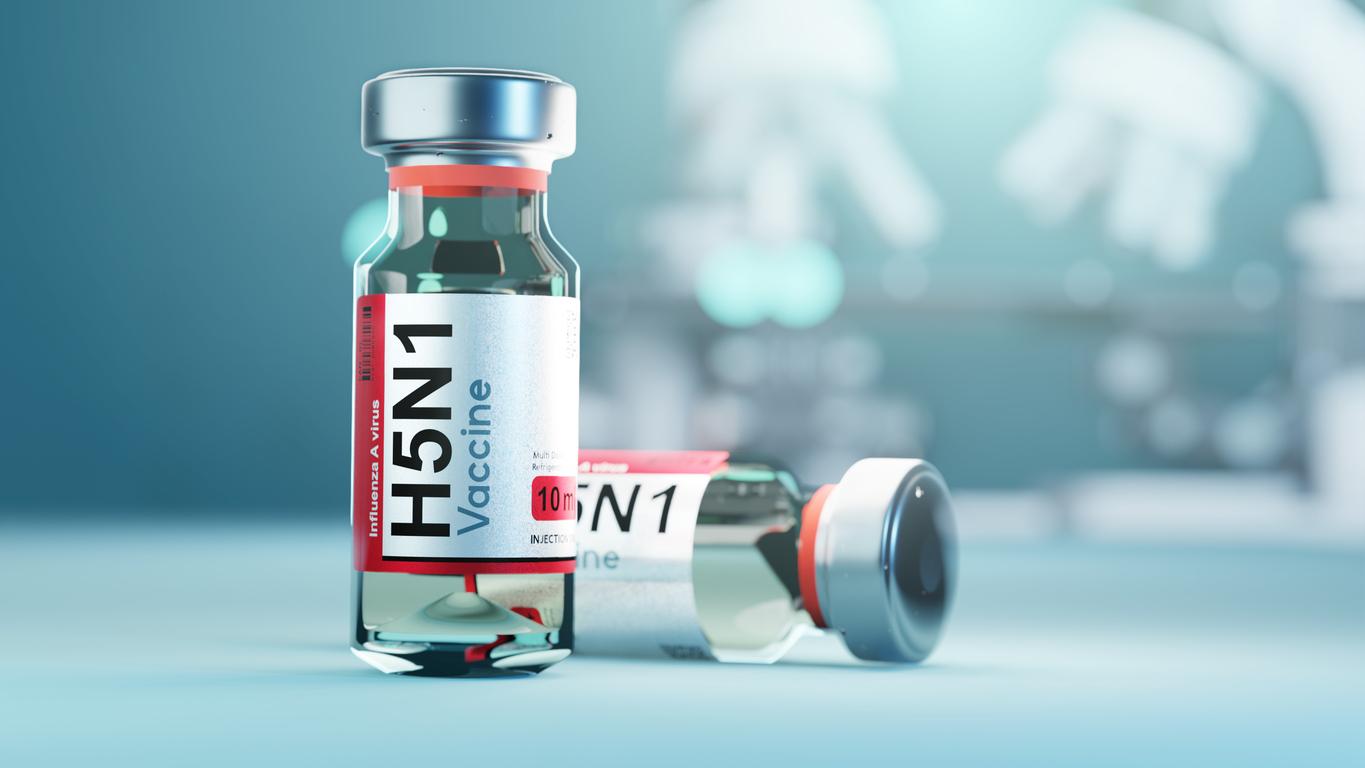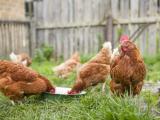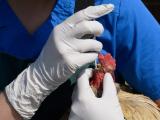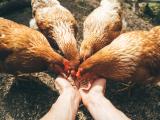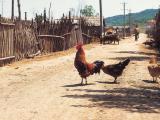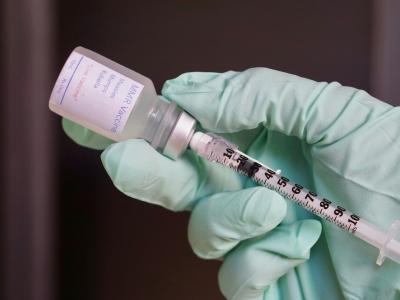The Public Health Agency of Canada (PHAC) today announced that it has secured 500,000 initial doses of GSK's human vaccine against avian influenza to protect people most at risk.
In other avian flu developments, tests at the US Department of Agriculture (USDA) have confirmed the H5N1 strain in rats for the first time, as the agency acknowledged that it was reversing recent layoffs of employees working on the avian flu response.
Distributing and stockpiling vaccine
In a statement, PHAC said its purchase leverages an existing agreement with GSK. "This vaccine will be used as part of Canada's contingency planning to protect people who may be at increased risk of being exposed to the virus through animals infected with avian influenza," it said.
The Arepanrix H5N1 A/American wigeon clade 2.3.4.4b vaccine uses established technology for seasonal and pandemic flu vaccines. Health Canada on February 18 completed its review of GSK's regulatory submission and authorized the change in vaccine strain.
The risk to the general public remains low, PHAC said, adding that 60% of the doses will be equitably distributed to provinces and territories using a risk-based approach, and 40% will be kept in Canada's national stockpile.
Initial recommendations from vaccine advisers
Also today, Canada's National Advisory Committee on Immunization (NACI) released preliminary guidance on the use of human vaccines against avian flu in nonpandemic settings. Though the NACI doesn't recommend broad H5N1 vaccine deployment, it outlined situations in which provinces and territories might proactively use it based on higher risk, including for lab workers and people with ongoing contact with infected animals or contaminated environments.
The United States and the European Union have stockpiled avian flu vaccine for people, and the United Kingdom recently ordered 5 million doses of H5 vaccine from CSL Seqirus. Finland is already vaccinating people at high risk, including workers at fur farms.
Canada has reported several H5N1 detections in poultry and wild birds, especially in British Columbia, where in November a severe infection was reported in a teen whose exposure to the virus is still unknown.
First H5N1 detections in rats
The USDA Animal and Plant Health Inspection Service (APHIS) today added eight more H5N1 avian flu confirmations to its list of detections in mammals, including rats for the first time. Officials have previously confirmed the virus in mice found on affected farms.
Of the eight detections, four involved black rats that were sampled in late January in Riverside County, California, where two recent poultry outbreaks were reported, one of them involving layer pullets.
The other infected mammals include a harbor seal in Massachusetts, a fox in North Dakota, a bobcat in Washington state, and a domestic cat in Oregon that likely relates to a recent report of two pets from Multnomah County that were sickened after eating raw pet food contaminated with the virus.
APHIS hasn't posted any new poultry or dairy cattle confirmations since February 14, but today it did add three more H5N1 confirmations in wild birds, including an agency-harvested raven in California's Riverside County, an agency-harvested duck in New Mexico (Socorro County), and a hunter-harvested duck in Alabama (Marshall County).
Reversing USDA firings of avian flu response employees
Following terminations over the weekend of USDA employees who are working on the avian flu response, the agency is working quickly to restore the positions, NBC News reported yesterday, citing a statement from a USDA spokesperson.
The spokesperson added that USDA Food Safety and Inspection Services (FSIS) frontline positions are considered public safety positions and that the agency is continuing to hire the workforce needed to protect the nation's food supply according to its statutory mission. The official added that several positions were already exempted from cuts and that the USDA continues to prioritize the response to highly pathogenic avian flu.
